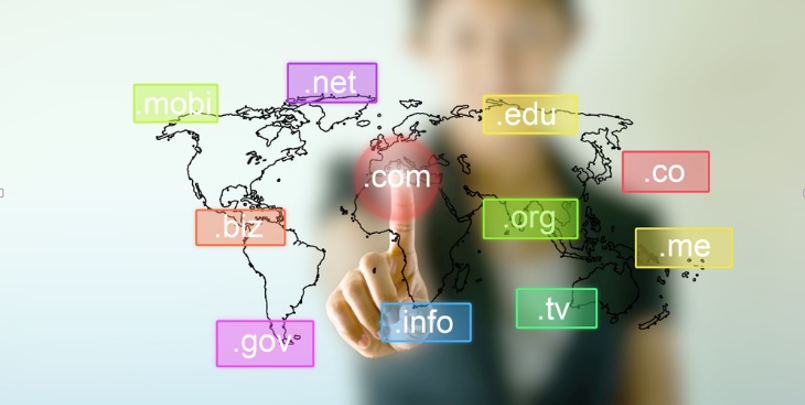Sophia Mendoza’s interest in technology integration in education started as a 3rd grader in the Los Angeles Unified School District.
Her teacher brought in a TRS-80, a desktop microcomputer, and let students play with it. It was Mendoza’s first experience with programming.
Now, as LAUSD’s Instructional Technology Initiative director, ensuring every student has access to computer science education is one of her biggest priorities.
“We know that every job of today and the future will require some knowledge of computer science education,” said Mendoza, who has been an educator at LAUSD for 25 years and is also a board member of the International Society for Technology in Education.
Here’s what Mendoza had to say in a Zoom conversation with Education Week about LAUSD’s technology use, how schools can sustain innovative digital learning, and what her priorities are for this school year.
The following interview has been edited for brevity and clarity.

What are LAUSD’s biggest tech priorities?
We have focused on three big areas. The first being a foundation for technology integration, and that framework is the International Society for Technology and Education standards for students.
From that foundation, we build on the area of digital citizenship, really moving from safety, security, privacy—which are all important—but moving towards a more empowered approach, where we provide professional development for our educators in how to teach students to be inclusive, to be informed when they’re online, to be engaged, and to be balanced.
The third, which I’m extremely passionate and excited about, is computer science education—expanding computer science education to our youngest learners. By 2025, all students in elementary school should have a minimum 20 hours of instruction each school year in computer science; middle grade students should take at least one computer science course; and all high school students should have access if they choose to take a computer science course.
What are the best ways to use technology to improve student learning?
Learning First, Technology Second. It’s a great book by Liz Kolb. Another tagline that I have is “leading with instruction.” It’s always critical to lead with your instructional purpose. I had a lot of educators ask me, “What’s the best device I should buy to impact instruction?” So my response would be, “What are your instructional goals? What are you trying to accomplish? What is your student data telling you? Develop the strategies and look to digital tools and resources to help you along the way to accomplish your goal. So it’s a means to an end.”
What should good digital learning look like—and not look like?
Understanding when it’s appropriate to use it and when it’s not. Looking at the [ISTE] standards. Whenever you have the opportunity, strategically plan out what you want to accomplish with that technology.
What it doesn’t look like is “I found this really great, new ed-tech tool. What can I teach with that?” We don’t want to lead with the tool. We want to look at what our students need and what are the high impact supports and strategies to help our students achieve whatever that specific goal is.
How do you make that happen in the training you provide educators?
In our professional learning, we invite educators to bring with them their units of study for the upcoming weeks. Then we have them put those topics into whatever platform we’re going to be learning. How can we utilize this tool to empower your students’ voices? How can we utilize this tool for digital citizenship or civic engagement in your classroom? The context is meaningful for the educator. Because if we’re just learning points and clicks, folks forget that, unless you tie it to something that’s very meaningful for them.
How can schools sustain the higher levels of technology use that they have put in place over the past few years?
We need to continue to ensure that there is both federal funding and state funding. So I think continuously advocating for additional funding for schools to be innovative and [have] effective use of technology—not just the tools that you buy, but the pedagogy, those high-impact strategies that are successful with your students, because what may work at one school may not necessarily work at another.
The other piece is community collaboration. We know that this work of transforming teaching and learning will not happen alone. We need our partners at the table with us—and when I talk about partners, I talk about your internal partners and your external partners.
What are your biggest challenges?
There are two right now. These two go hand in hand—you can’t have one without the other: Digital citizenship and cybersecurity. Digital citizenship is one of our biggest challenges because these are habits of mind. We haven’t been taught the rules of the road explicitly.
Cybersecurity is always top of mind. I want to raise this issue: adequate funding for our K-12 schools and higher education in the area of cybersecurity. As the bad actors become more sophisticated, I really believe that our educational system needs to be heavily invested in that area.






